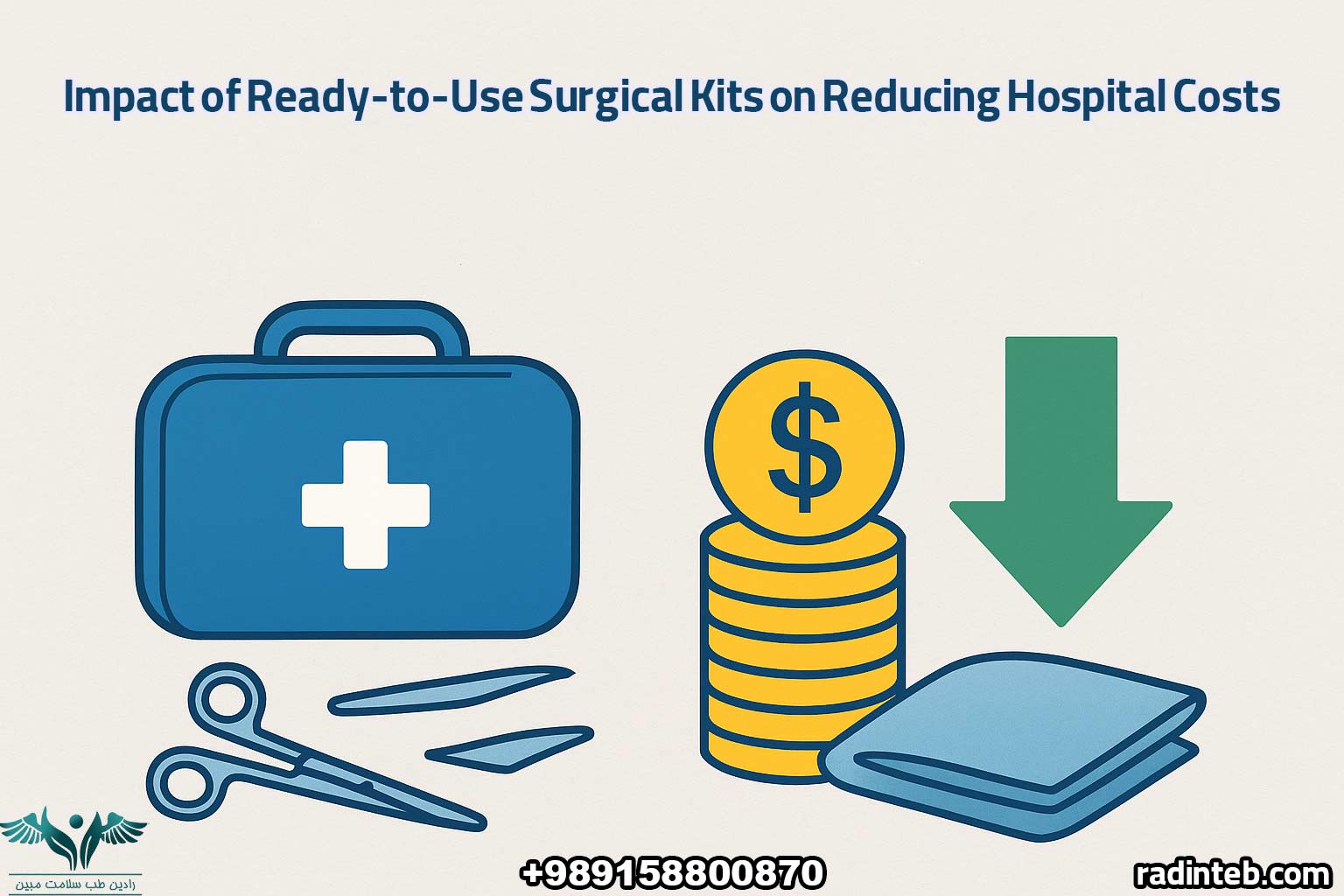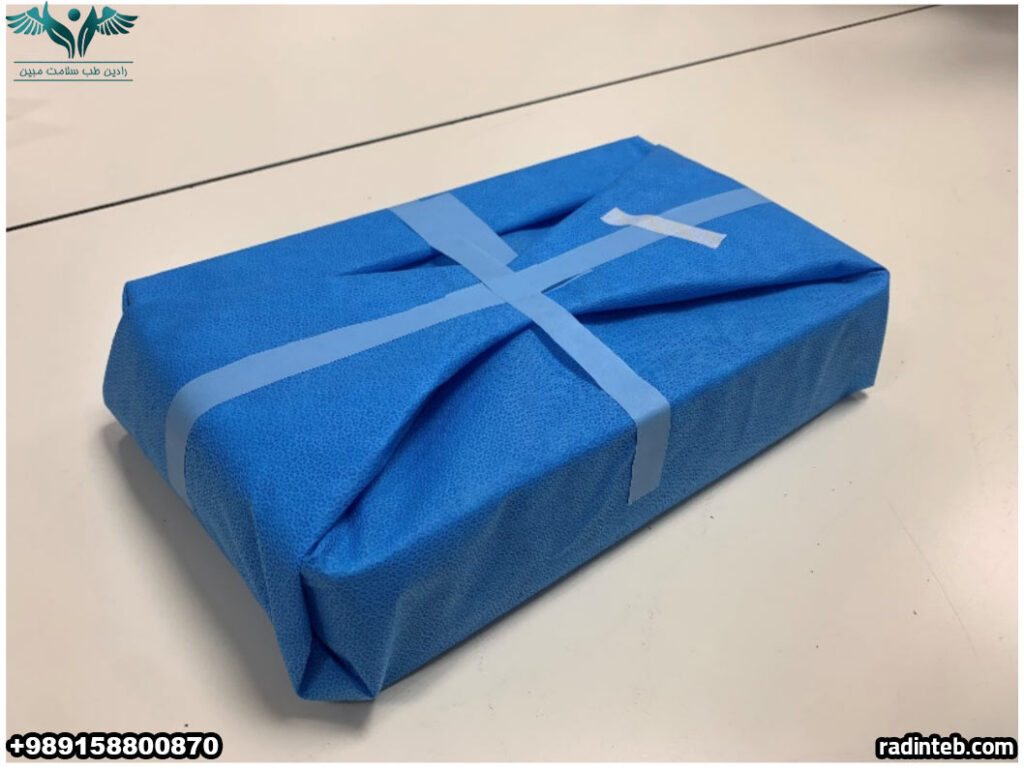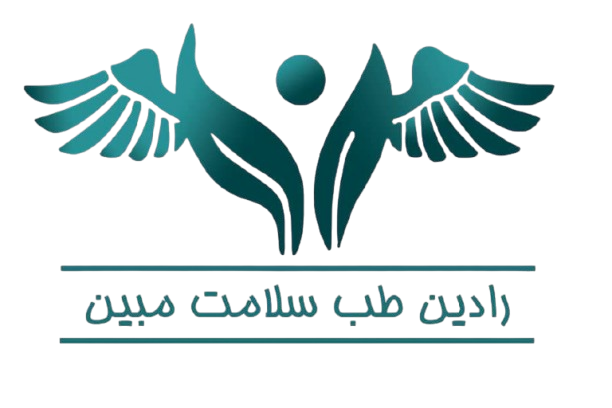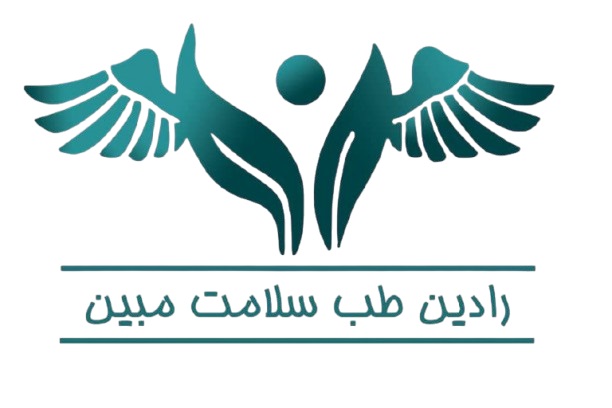
The Impact of Ready-to-Use Surgical Kits on Reducing Hospital Costs
Introduction
Hospitals are constantly seeking solutions to optimize costs while improving patient care quality. One effective strategy is the use of ready-to-use surgical kits. These kits, which include sterile instruments, surgical gowns, and essential accessories, help reduce time, labor, and financial resources, resulting in substantial hospital savings.
1. Time Savings in Operating Room Preparation
Implementing ready-to-use surgical kits allows staff to reduce preparation time significantly. Instead of preparing each instrument individually, the medical team can start surgeries faster with a fully prepared kit. This approach is especially critical in busy or emergency hospital settings, directly contributing to cost reduction.
2. Lower Labor Costs
Reduced preparation time translates to lower labor expenses. Every minute saved minimizes staff hours, allowing personnel to focus on essential tasks rather than repetitive preparation work. Ready-to-use kits help hospitals allocate human resources more efficiently, cutting unnecessary costs.
3. Minimized Waste and Excess Instruments
Standardized and pre-packaged kits reduce waste and duplication of instruments. Unplanned or excess use of tools increases hospital expenses unnecessarily. With ready-to-use kits, consumption is optimized, minimizing waste and improving operational efficiency.
4. Increased Productivity and Shorter Surgery Duration
By enhancing workflow efficiency and providing quick access to instruments, these kits increase surgical team productivity. Higher efficiency enables hospitals to perform more procedures in a day, directly boosting revenue while reducing operational costs.
5. Reduced Risk of Infection and Related Costs
One of the most significant advantages of ready-to-use surgical kits is that all instruments are pre-sterilized and safely packaged. This reduces the risk of post-operative infections, subsequently cutting treatment costs, hospitalization duration, and antibiotic use. Therefore, using these kits protects patients’ health while reducing financial burdens.
6. Improved Inventory Management and Reduced Storage Costs
Ready-to-use kits simplify inventory management. Hospitals no longer need to store large quantities of individual instruments, reducing storage costs and equipment depreciation, and optimizing operational efficiency.

Conclusion
Ready-to-use surgical kits are a highly effective solution for reducing hospital costs. They save time and labor, minimize waste, enhance productivity, and lower infection risks, resulting in significant financial benefits. Hospitals aiming to improve efficiency and reduce expenses can achieve these goals by implementing ready-to-use surgical kits.
About Radin Teb
Radin Teb, with over a decade of experience in producing medical equipment including ready-to-use and sterile surgical kits, guarantees quality, safety, and cost efficiency for hospitals.
FAQ
Q1: What instruments are included in a ready-to-use surgical kit?
These kits contain surgical instruments, sterile gowns, gloves, masks, gauze, and other essential items. Contents may vary depending on the type of surgery.
Q2: Do ready-to-use surgical kits cost more than traditional instruments?
Initially, the cost might be slightly higher. However, by reducing waste, preparation time, and infection risk, overall hospital expenses are significantly reduced.
Q3: Are these kits suitable for all types of surgeries?
Yes, but different kits are designed for specific procedures. Hospitals can use kits tailored for cardiac, orthopedic, gynecological surgeries, and more.
Q4: How do ready-to-use surgical kits help reduce infections?
All instruments in the kits are pre-sterilized and properly packaged, lowering contamination risks and decreasing post-operative infection rates.

